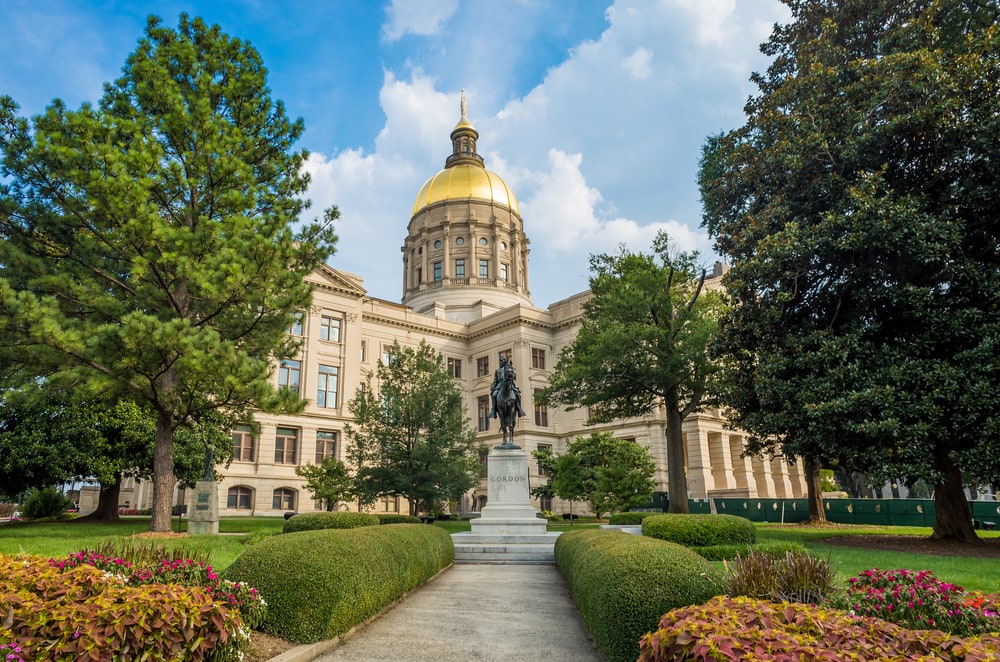The Environmental Case for Improving NEPA
Historically, one of the most important laws for preserving the environment has been the National Environmental Policy Act (NEPA). One of the first landmark environmental laws dating back to 1970, NEPA ensures that all projects requiring “major federal action” are reviewed for environmental impact, and all necessary environmental statutes are complied with. Traditionally, NEPA is most associated with major infrastructure projects, many of which are related to fossil fuels or energy (pipelines, liquefied natural gas terminals, coal mines, etc.). But as times have changed and clean energy has steadily increased market share in the United States, proponents of clean energy expansion are finding that NEPA is also a barrier to their deployment, and an ironic protection for incumbent, less efficient and dirtier infrastructure.
Recent research from the R Street Institute (full disclosure, I am the author) found that of the Department of Energy’s (DOE) active NEPA projects requiring either an environmental assessment (EA) or the more intensive environmental impact statement (EIS), 42 percent were related to either clean energy, transmission or environmental conservation, while only 15 percent were related to fossil fuel. Similarly, for the Bureau of Land Management (BLM), 24 percent of active EISs were for renewable energy projects, and only 13 percent were for fossil fuels.
An additional look at the BLM data also reveals that for the observed period, even though there were 8,904 NEPA-related decisions for oil and gas, only 29 required an EIS. For renewables, there were only 318 NEPA-related decisions, but 38 required an EIS. For the BLM, only 0.3 percent of oil and gas projects require an EIS, but 12 percent of renewables do. Simply put, the data confirms a growing impression that NEPA is more likely to delay renewable or clean energy projects, rather than fossil fuel projects.
But the data referenced above only tells part of the story. Equally important is the question of what sort of projects are likely to encounter delays? Again, R Street’s analysis reveals that the burdens of NEPA vary wildly depending on the scope of the project. Even though the median NEPA approval timeline for a project requiring an EIS is “only” 3.5 years, major infrastructure projects like those under the Federal Highway Administration take much longer, with medians of 6.7 years. This casts a pall over the ambitions of many politicians to implement grand infrastructure policy with big physical projects—and this includes clean energy and electric transmission efforts.
The culprit for why timelines are so long is hard to pin down. The R Street analysis notes that timelines were growing under the Obama years, with the median timeline from notice of intent to record of decision (the commonly used beginning and end points for the approval process) starting at 2.3 years in 2010 but rising to 4.7 years in 2016. The timelines under the Trump administration were only modestly better, at a median of 3.5 years in 2017 and 2019 (the last year for which we have data). There are numerous reasons why timelines can grow, ranging from rising burdens of underlying statutes to insufficient staffing. One reason that has repeatedly stood out in the literature, though, is the threat of lawsuits, compounded by the fact that agencies must address a wide array of poorly defined legal requirements when doing a NEPA impact statement.
Indeed, recent analysis of NEPA litigations confirms the suspicion that document preparation timelines and probability of litigation, as well as successful defense of NEPA decisions, are indeed correlated. This would indicate that improving NEPA compliance timelines can probably be aided by better, more clearly defined liabilities as well as processes for ensuring potential liabilities are addressed during NEPA document preparation, rather than from litigations emerging after a project is approved.
Importantly, improvements to defining legal liabilities should not entail any reduction of legal power for litigants, nor should it entail any diminishment of the statutory obligations associated with NEPA and its environmental protections. While narratives surrounding NEPA litigations conventionally focus on disadvantaged groups, at-risk communities or property owners, the data shows a different story. By far, public interest groups bring forth most NEPA litigations, accounting for 59 percent of NEPA litigations between 2001 and 2013. The next largest group, at 20 percent, was individual/citizen associations. Property owners/residents and Native American tribes were among the smallest plaintiff types, at 3 percent of NEPA litigations each.
The broad takeaway from the data is that the commonly given political priorities from politicians of big infrastructure investment and more clean energy deployment is often at odds with the promoted policies, which frequently boil down to increased spending. It matters little how much infrastructure investment is available if the regulatory processes delay the benefits from such work for years. Better defined NEPA processes that preserve the environment and ensure active participation in agency document preparation presents an opportunity for policymakers looking for both environmental and economic policy wins.







